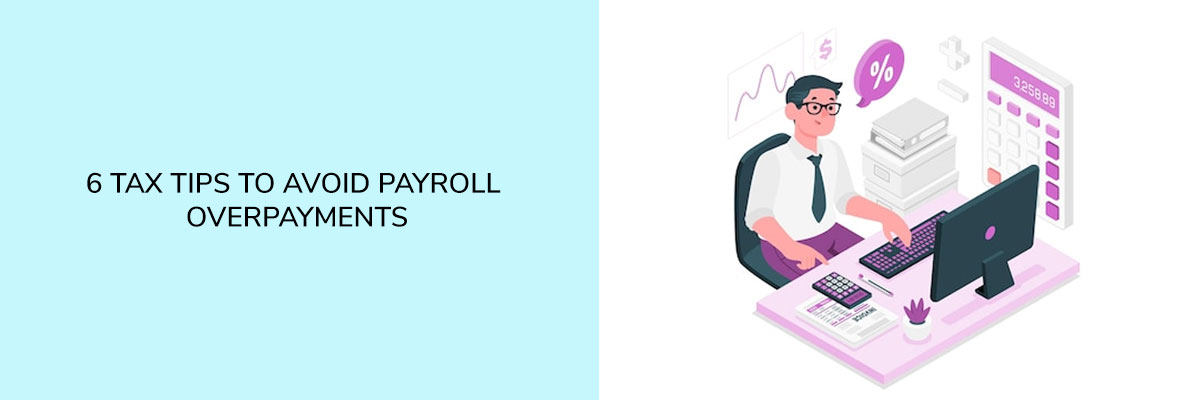Overpayments can occur when an employer fails to withhold the correct amount of tax from an employee’s paycheck. This can result in the employer paying too much in taxes, and can be costly for both the company and the employee. Here are six tips for avoiding payroll overpayments.
1. Understand What Tax Was Owed
The first step is to understand what tax was owed. Employers must withhold federal, state, and local taxes from an employee’s paycheck. If an employee does not have any applicable taxes withheld, the employer may be required to withhold and remit the taxes themselves. In order to avoid overpaying taxes, employers should always review their withholding practices to ensure that all tax is being withheld and paid correctly.
2. Review W-4 Forms
The second step is to review an employee’s W-4 forms. These forms indicate which federal, state, and local taxes are being withheld from an employee’s paycheck. If an employee does not have any applicable taxes withheld on their W-4 form, the employer should add these taxes onto the paychecks of employees who do have applicable withholding information.
3. Review Tax Forms
The third step is to review tax forms. Employers must withhold federal, state, and local taxes from an employee’s paycheck. However, there are certain tax forms that should be submitted to the IRS on an employee’s behalf. If an employee does not have any applicable taxes withheld on their tax form, the employer should add these taxes onto the paychecks of employees who do have applicable withholding information.
4. Review Estimated Tax Payments
The fourth step is to review estimated tax payments. The IRS requires employers to submit an annual payment of estimated taxes on behalf of employees. If an employee does not have any applicable taxes withheld on their W-4 form, the employer should add these taxes onto the paychecks of employees who do have applicable withholding information.
5. Review Forms W-2
The fifth step is to review forms W-2. The W-2 form is an annual report that employers must submit to the IRS on behalf of employees. The W-2 form includes information such as an employee’s wages, tips, commissions, and other taxable income. If an employee does not have any applicable taxes withheld on their tax form, the employer should add these taxes onto the paychecks of employees who do have applicable withholding information.
6. Review Forms 1099
The sixth and final step is to review Form 1099. Forms 1099 are issued by some businesses in connection with an employee’s taxable income. Forms 1099 include information such as a Form W-2, Form 990T, or Form 990S. If an employee does not have any applicable taxes withheld on their tax form, the employer should add these taxes onto the paychecks of employees who do have applicable withholding information.
Final Words
Avoiding payroll overpayments is important for both businesses and employees. By following these tips, you can reduce your chances of overpaying taxes. Attend the Compliance Prime webinar to learn how to avoid payroll overpayments.


